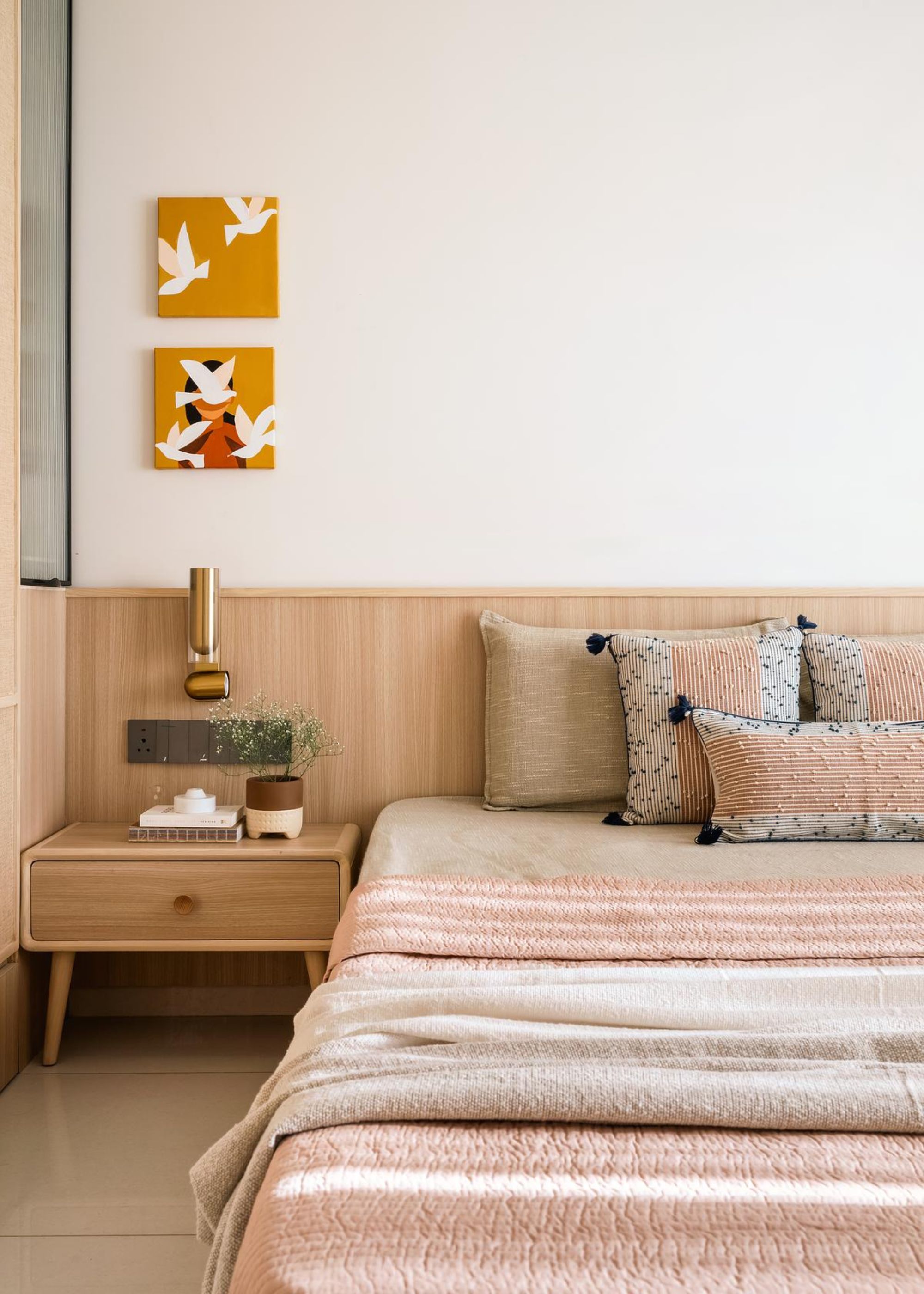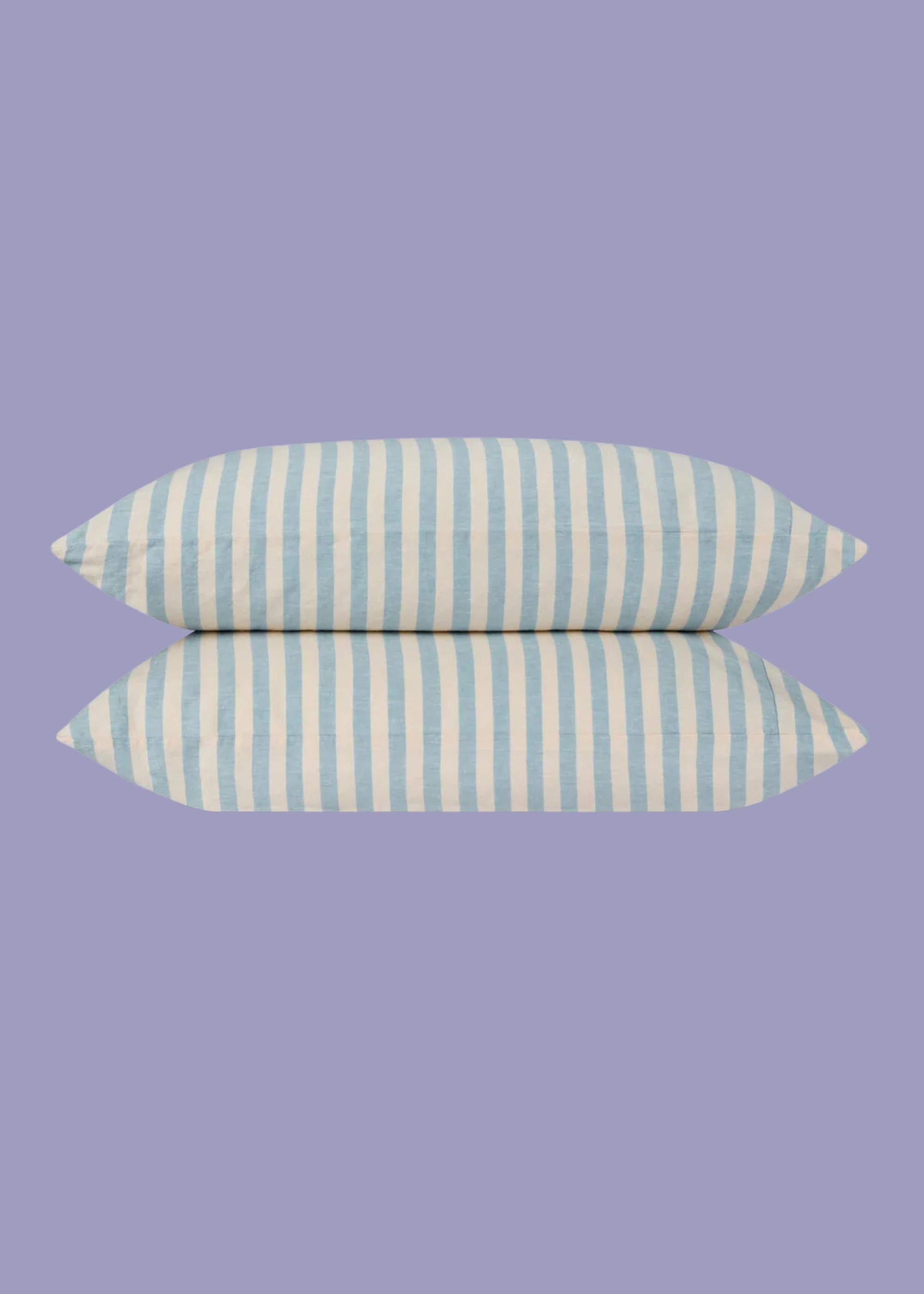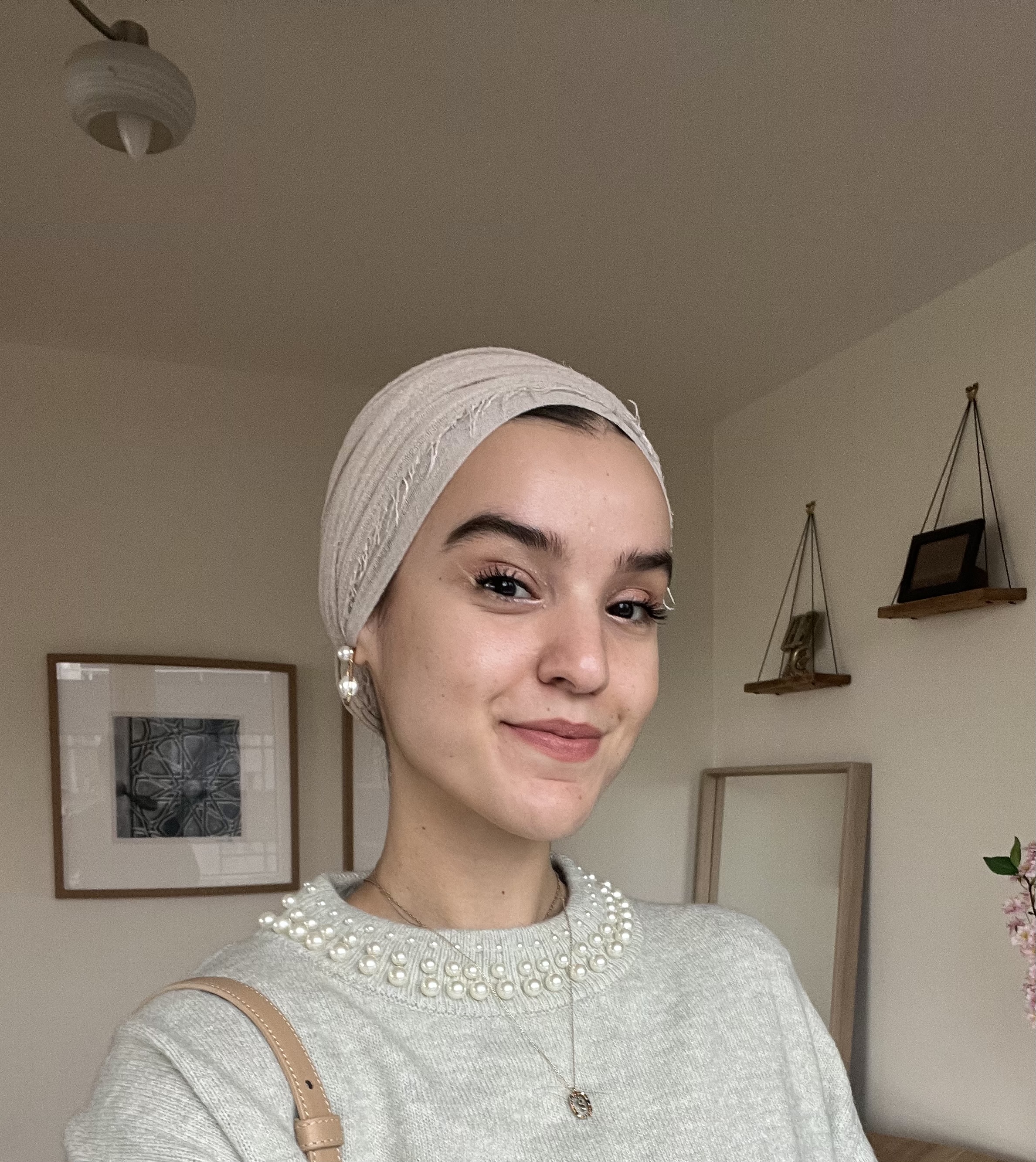What Color Light Will Help Me Sleep Better? The Lighting You'll Want to Bring Into Your Bedroom and the Best Ways to Do It
What form and color of lighting is needed to have a restful night's slumber? Here's what you need to know


Did you know that certain lighting colors can affect how you sleep? For example, harsh, bright lighting can often keep you awake through the night, whereas softer, deeper tones, such as red tones, create a serene state in your space and your mind.
Mindful lighting is key to a restful slumber, and yes, the color you choose really does matter. And in order to hammer down the secrets of how you can sleep better, it's important to follow certain rituals to create a zen and calming atmosphere in your home.
So, to better understand which color lighting is best for aiding slumber, I spoke to a sleep expert, and here's what they had to say about it.
What Color Light Is Best for Sleep?

Yes, your bedroom lighting can play a big part in how you sleep through the night. Which is why finding the right lighting color to help you doze off is the key to a restful night. And to get to the bottom of exactly which colors can ease your mind and prepare you for that much-needed rest, I spoke to Dr Deborah Lee, sleep expert from Doctor Fox, working alongside Comfybedss.
"The ideal light for promoting healthy sleep is warm or soft red light," Dr Deborah tells me. "Typically, you want this to be around 1800-2700k on the color temperature scale, which mimics the warm glow of a sunset or firelight, which our brains will naturally associate with winding down, relaxing, and preparing for rest."
More importantly, Dr Deborah says warm tones contain very low levels of blue light, which is important. "Blue wavelengths are strongly linked to wakefulness, alertness, and the suppression of melatonin, the hormone that helps regulate our sleep cycle," she adds. "When exposed to blue light in the evening, you may have heard of phones and TVs giving off blue light. We effectively ‘trick’ the brain into thinking it’s daytime, delaying sleepiness and reducing sleep quality. This is something that can lead to a longer time to fall asleep, but also a worse quality of sleep."
By choosing dim, warm lighting in the evening, this can in turn help your body establish a wind-down routine for sleep and, as Dr Deborah says, "the body transitions into a calmer state, supports its natural circadian rhythm, and makes it far easier to fall asleep and stay asleep."
The Livingetc newsletters are your inside source for what’s shaping interiors now - and what’s next. Discover trend forecasts, smart style ideas, and curated shopping inspiration that brings design to life. Subscribe today and stay ahead of the curve.

Dr Deborah Lee is a sleep expert and medical writer from Doctor Fox, working alongside Comfybedss as their leading sleep expert. She completed her medical degree in 1986 from the University of Southampton, before working as a lead clinician at the NHS. Since 2017, she has worked predominately as a healthcare writer writing on all things sleep, sexual health and providing advice and care for specific illnesses.
How to Bring This Lighting Color into Your Home

Personally, I love a good rechargeable lamp, like this lovely Keko Rechargeable Touch Dimmable Table Lamp from Dunelm. These lamps are easy to use and, best of all, you can move them around and place them wherever you please in your bedroom. I often use my table lamp to prepare myself for a restful night, as big lights are a no-go just before bed.
"There are several simple ways to introduce sleep-friendly warm lighting into your home without major changes or expense," adds Dr Deborah. "First, switch bedside lamps to extra-warm LED light bulbs, ideally labelled between 1800 and 2200K, and you’ll be able to pick these up in your local DIY store or pair them with fabric or frosted shades to soften brightness further."
You can also opt for smart switches or smart bulbs. Amazon Basics Smart Multicolor LED Light Bulb is a great place to start and only costs £9.99.
Dr Deborah continues, "Most smart lighting systems allow you to schedule brightness and warmth automatically. For example, you can set lights to gradually shift to a warm 2200K tone and dim to around 30% brightness after 8 pm, which gently cues your body to unwind. You’ll also be able to dim your lights from your bed, rather than getting up and out of bed to do so."
Finally, the expert explains that adding amber or red night lights in hallways or bathrooms is a great way to keep your mind in sleep mode, especially if you tend to wake in the night. "Motion-sensor versions are especially useful, providing just enough light for safe movement while avoiding strong white light that disrupts sleep," Dr Deborah notes.
Looking for a motion sensor bulb? Try out the PIR Motion Sensor LED Bulbs from Amazon — rated a 4.4/5 with over 800 reviews.
Want a Better Night's Rest? Shop These Sleep Aids

Ready to enhance your bedroom fragrance routine? The Lavender & Moonflower Trio from Jo Malone is ideal for creating a calming atmosphere just before you doze off. Plus, it comes in the chicest vessels, so what's not to love?

Sleep masks are a great way to block out any light that may affect your sleep, and this Drowsy Silk Sleep Mask from Anthropologie will do just that and more. Made from 22 Momme Mulberry Silk, this mask will bring comfort and beauty to your slumber.

The type of bedding you use seems to play a role in your sleep, and of course, we're all about finding bedding that adds some style to your space. These pillowcases from Piglet in Bed are made from 55% European linen, 45% cotton. Now, if that doesn't scream cozy, I don't know what will.
FAQs
What Lighting Colors to Avoid Before Bed?
Yamen Mahfoud, lighting expert from Bees Lighting, says it's best to avoid blue lights. "Blue light exposure after sunset disrupts your circadian rhythm by suppressing melatonin production for up to three hours," he explains. "Light wavelengths below 480 nanometers signal 'daytime' to your brain's suprachiasmatic nucleus, keeping you alert when you should be winding down. In my over 20 years of working with residential lighting, I've observed how many families unknowingly sabotage their sleep with poor evening lighting choices."
He continues, "In over 20 years of dealing with residential lighting materials, I have seen how many people unwittingly damage their sleep with poor light choices in the evening. The biggest mistake most homeowners make is using standard LEDs rated at more than 3000K in their bedrooms after dark, even after three years of advocating for lower color temperatures. These cool white lights emit significant amounts of blue spectrum light, which inhibits the release of nocturnal sleep hormones."
So, whatever you do, avoid those bright white lights — they're not the most stylish either, if I might add!
What Other Lighting Colors Can Help Aid Sleep?
In addition to Dr Deborah's recommendation of amber and red hues, there are a few more colors that can create a sense of calm and prepare you for sleep.
"Soft orange and peach lighting works particularly well, offering the same warm-spectrum benefits while creating a gentle, soothing atmosphere," Dr Deborah tells me. "Some people also find very soft pink light relaxing, as it reduces visual stimulation and helps settle the mind when dimmed."
As a final note, she says, "LED lights designed to mimic candlelight are also excellent choices — they offer a natural flicker and warm tone that the brain finds instinctively calming. The key principle is to choose low blue-light, low-intensity, indirect lighting, regardless of the exact shade."
Now that you've got your lighting on lock, what about the best bed sheet colors for sleep? It seems your bedding can also change the way you sleep, so be sure to check out our guide to find out more.

Faiza is the Renovation Editor at Livingetc. She previously worked for The Independent as a News Feature Writer, where she crafted lifestyle, entertainment, and news stories. She also worked as an Audience Editor for the newspaper for almost two years. Thriving in the busy newsroom, Faiza also spent her time crafting stories for Sky News as an SEO reporter, where she produced stories based on trending topics. Lifestyle and interior design have been areas of interest for her for some time, and as she advances in this field, she will continue to refine her skills in all aspects of design. Faiza has a background in SEO, social media, and reporting. Her passion for writing goes beyond her work as she loves all things poetry and creative writing.